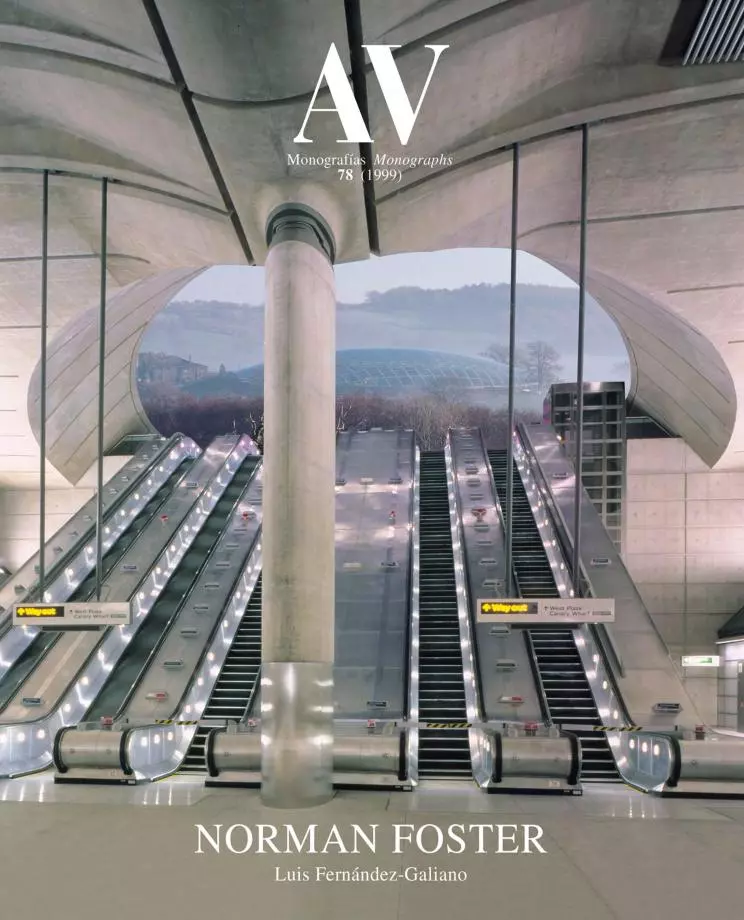The Flow of the Land: on Human Needs and Artificial Nature

If the planning of cities, the design of objects and the engineering of infrastructures legitimately extend the limits of architecture, landscape brings them all together in the very core of a discipline concerned with the built environment as the meeting ground for human needs and artificial nature. Foster had already approached territory with ecological empathy in his 1975 plan for Gomera, one of the Canary Islands; but his Welsh and French projects of the 90s would bring awareness of landscape to new levels. The Botanic Garden for Wales is not only a huge conservatory, but Fuller’s dream made real: a total environment, here for a vegetal city that lies in the land with weightless grace. Both the house in Corsica and the Musée de la Préhistoire are ripples on the ground: a warm wooden wave that extends the land towards the sea; and a delicate incision in the grass whose almond-shaped loop glows softly with fanning rays that make it the silent eye of a landscape. And the Millau viaduct crosses the Gorges du Tarn with dainty elegance, bridging daunting spans from dizzying heights without visible effort, and cutting the valley like the sharp blade of a painless razor. In these French landscapes that Foster has made his own lie buried the seeds of another more gentle architecture...[+]





